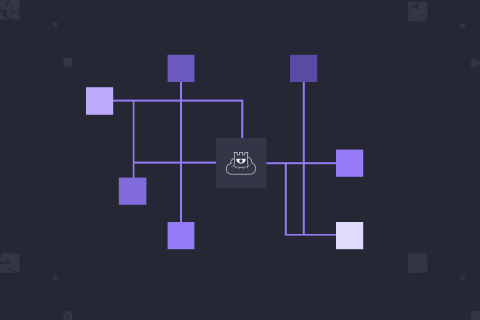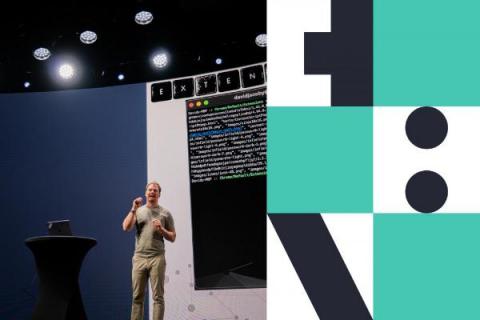How to set up Attack Surface Custom Policies
Not everything on your attack surface is a vulnerability. Every organization has their own internal security policies that align with the risk tolerance of their business context. While industries like SaaS are often deploying several daily releases to production from multiple geographies, other industries might not tolerate this level of risk due to internal or external factors like complex regulatory requirements.










